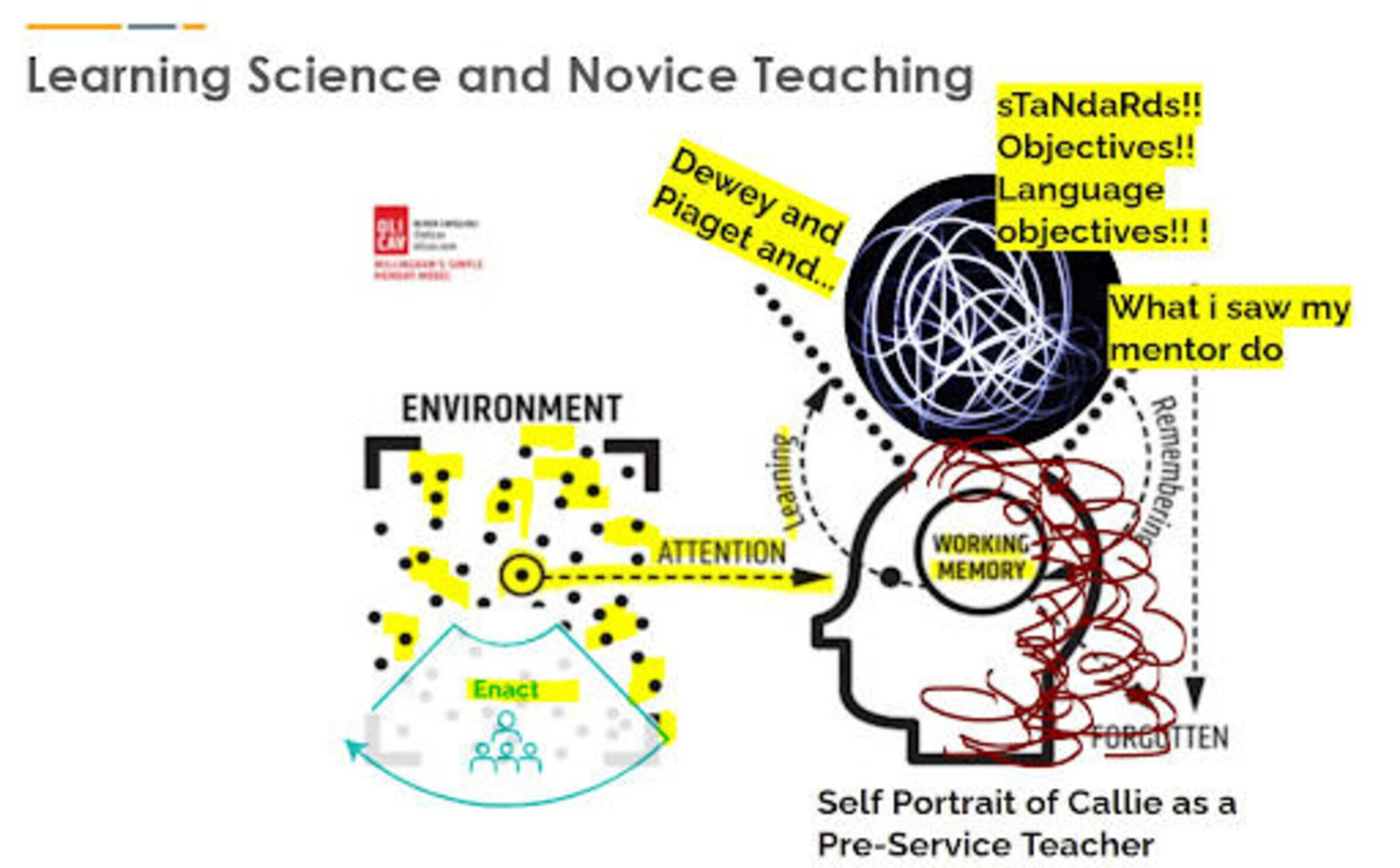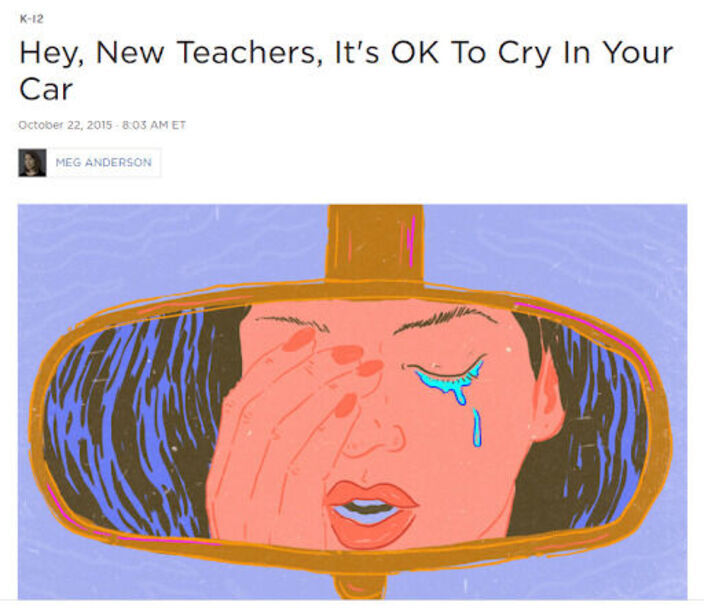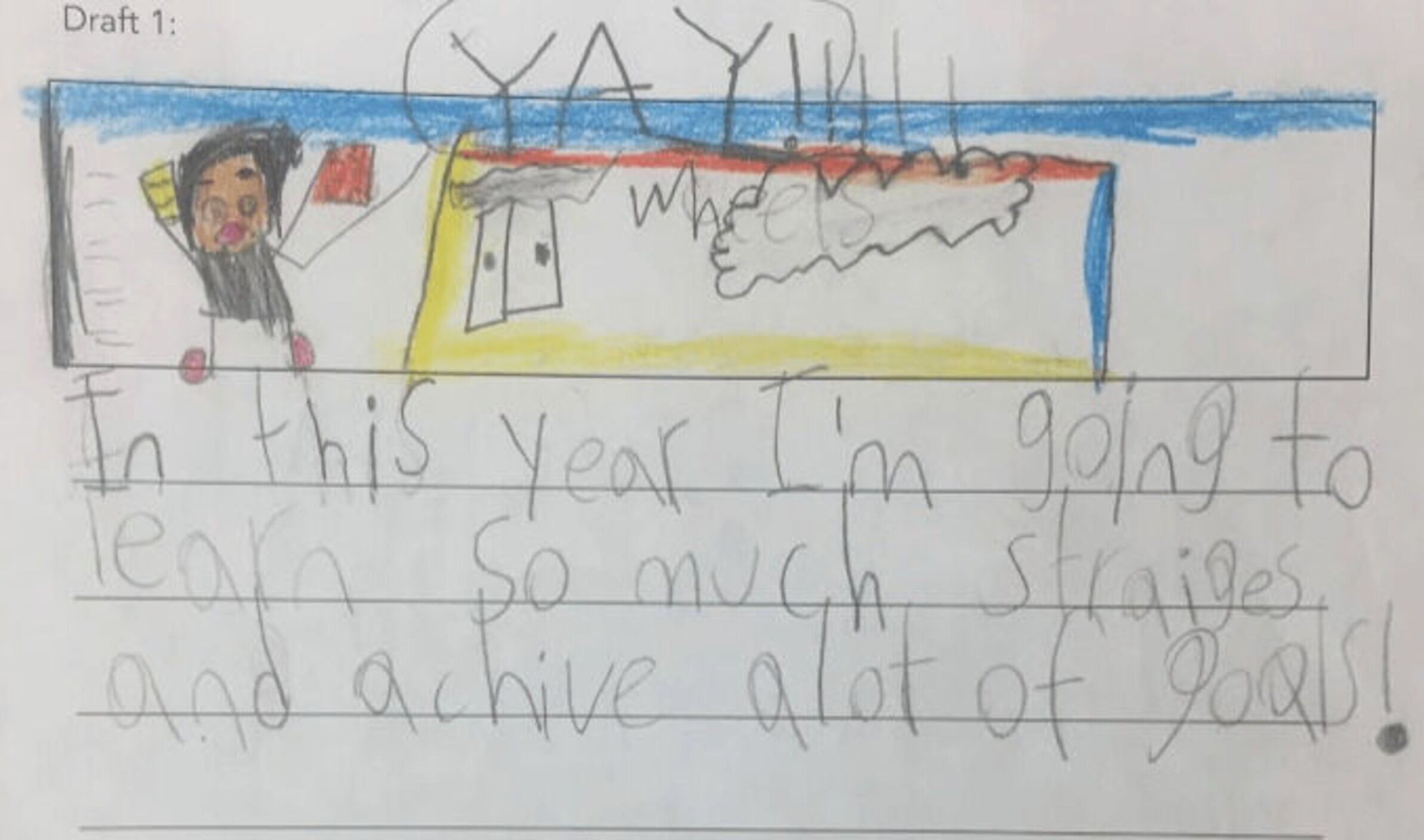Posted on
PATHS to a better system for students and teachers
Categories: Commentary , Policy and Advocacy, Tutoring
In the education world, there’s a lot of skepticism around the frame of “getting back to normal” post-COVID.
It’s not complicated: it’s just that “normal” wasn’t all that great. For many school communities, “normal” meant the struggle of getting our kids the support they need, the challenges of educator preparation and development, the question of class size, the absurdity of teacher workload, and the inequities on more dimensions than we could count.
And so in this moment — in which teachers and students across the country have had to upend their entire approach to teaching and learning — when folks talk about going “back to normal,” many of us instead see a chance to reimagine some of the ways we do school.
I want to talk about some of the specific COVID-related challenges we’ve faced in pivoting to remote and hybrid learning, and some of those longer-term challenges that have been lurking under the surface this whole time. And I want to talk about an innovative policy solution that reframes several of these challenges as a ripe opportunity to do things better.
Challenges of transitioning from school to screen
Shifting to virtual was overwhelming for teachers and families on so many levels.
It felt (and still feels) like kids were craving more focused attention, that sense of being known by their teacher, and having more normal, more human learning and social interactions with each other. The difference between 25 people in a classroom and 25 people in a Zoom room is a lot — especially if you’re only nine.

My fourth graders gathered to chat and share endless series of emojis on Google Hangout, and we built purely social time into our daily routine on Zoom — including ‘free time’ and Morning Meeting — but it hardly felt like this met all of my students’ social and emotional needs.
Then there was the instructional part. While some students have thrived in distance learning, many children have felt as overwhelmed and burnt out by screen time as adults have during the pandemic — participating, perhaps, in the Zoom gatherings, but completing minimal written work without the face-to-face support of a teacher and their peers to guide and encourage them. As we all have adjusted to remote instruction — simplifying systems and routines, problem-solving the sticking points — the need for individual, human help and feedback has remained abundantly clear.
I wanted to do one-on-one tutoring and homework help with all my students, to compensate for those fly-by check-ins we were missing, to address the quick clarifying questions, and to give the little shout-outs that just don’t feel the same online. But the reality was, there were still only 24 hours in the day. While my students were navigating a totally new challenge, I felt like I was able to give them less individualized attention, rather than more.

Challenges of teaching — and learning to teach — during a pandemic
Throughout this, like most teachers, I was thinking about my students. Meanwhile, I was being stretched to the limit by a system that demands teachers sacrifice blood, sweat, and tears in the name of service.
I watched teacher after teacher resign, saying they just couldn’t do it anymore. And I saw headlines like this one, a warning that normal wasn’t great in the world of the teacher pipeline, and that with the challenges of COVID, it was likely to get more difficult to staff our schools.

These doomsday headlines come to us in a world in which first-year teaching has always been a form of institutionalized hazing, a sort of cosmic joke about cognitive load theory in which there is so much to learn and do, no time to figure it out, and 25 wonderful students whose education depends on you, first year or not.

Several years ago, NPR published a widely circulated article about the ritual struggle of first year teaching, titled, “Hey, New Teachers, It’s OK to Cry in Your Car.” This normalized the frustration and exhaustion of trying to do an incredibly complex thing well with few supports in place to do so.
COVID or not, we have long needed more creative approaches to preparing and supporting new teachers.
So how might we set early-career teachers and their students up for success? How might we stem the hemorrhaging of our profession, keep novice teachers in the classroom, and ensure that first-year teachers have gotten the scaffolding they need to be successful on day one?
It turns out that there’s a way to do this — while offering some extra love, support, and instruction to our students who need it most, in the wake of an incredibly difficult year.

How the PATHS to Tutor Act could help
You see, one of the pieces that felt most fulfilling and effective throughout this year of distance was continuing targeted small groups on Zoom and tutoring a few of my fourth graders in person, at a picnic table in our neighborhood. My students felt known and supported during our small group time, and I was able to give more finely-tuned instruction to ensure that they were developing all the skills they needed to succeed with our complex grade-level work.
Imagine being able to offer all of our students and families this kind of sustained, curriculum-aligned tutoring, and to take the weight of the world off current teachers’ shoulders. Imagine, after COVID’s shock to the teacher workforce — and probable shock to the pipeline — being able to offer novice teachers the practice they need, in the smaller and more scaffolded setting of small group and individual tutoring, ensuring that they are better prepared for the manifold challenges of classroom teaching.

The PATHS to Tutor Act — bipartisan legislation recently introduced to Congress — will do exactly that. It will increase access to evidence-aligned, high-dosage, small-group tutoring for students, especially in under-resourced communities. It creates authentic, focused teaching experiences for pre-service teachers. It solves for major pandemic-education challenges — both social-emotional and instructional — and it scaffolds teacher candidates in honing their skills with coached practice both in teaching and relationship-building with students.
This piece of legislation is, to me, an example of actual innovation for our schools coming out of this mess of a year. The PATHS to Tutor Act is that rare win-win, and our whole school ecosystem will benefit from this policy vision coming to fruition.
To learn more about the PATHS to Tutor Act, please click here. If your organization would like to support the legislation, please reach out to our policy director Patrick Steck.
